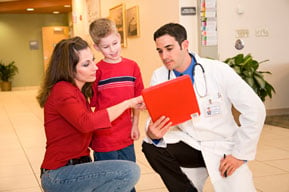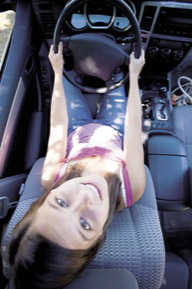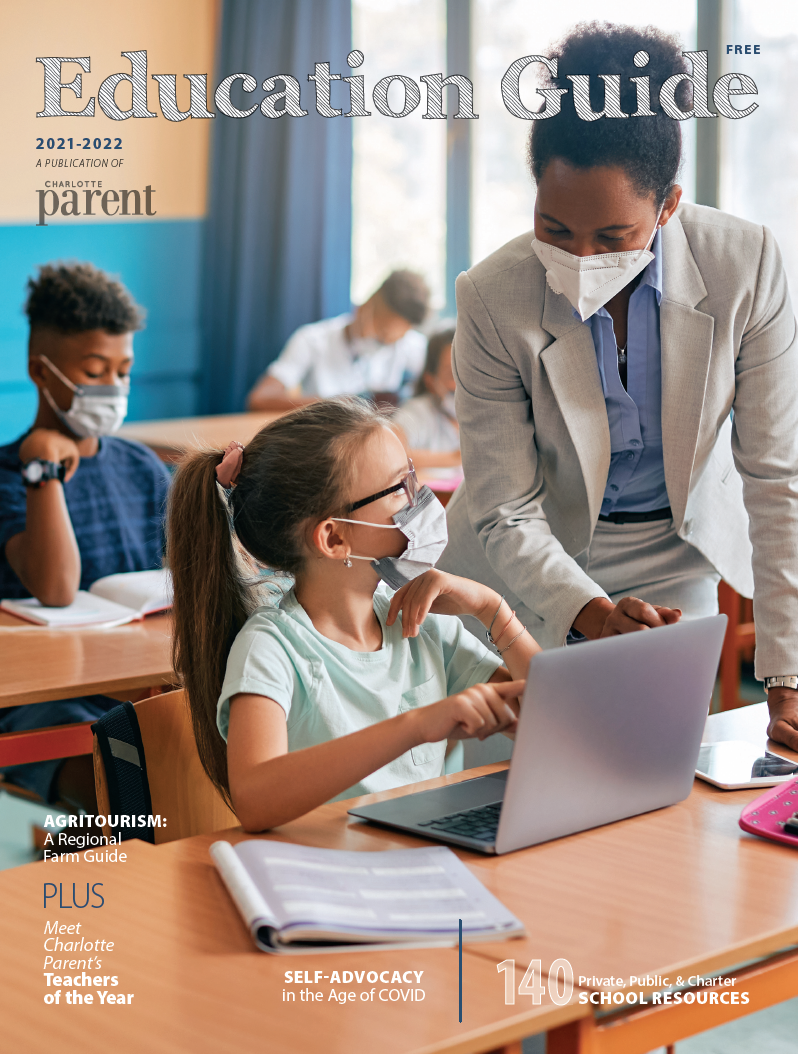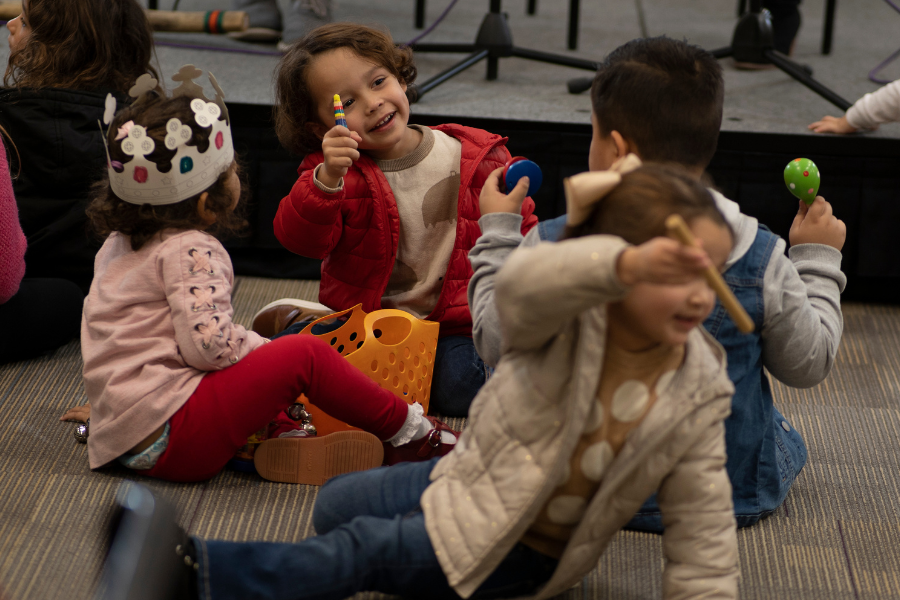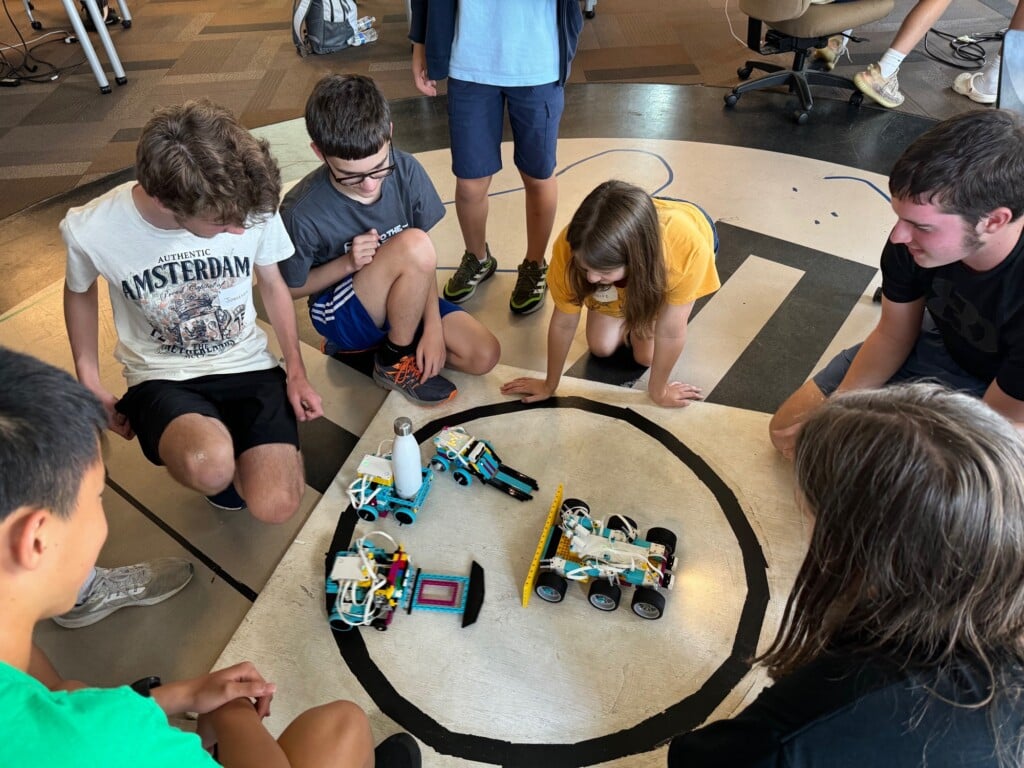Easy Lunchbox Makeover
The school cafeteria has become a place filled with poor diet choices. From franchise fast food offerings to soda machine temptations, today’s kids are faced with a lot of unhealthy options at lunchtime. So, what can parents do? They can pack a better lunch! But many parents could use some help — the typical child’s lunch box is often filled with fat, sugar and salt, and lacking healthy fruit, protein and whole grains.
